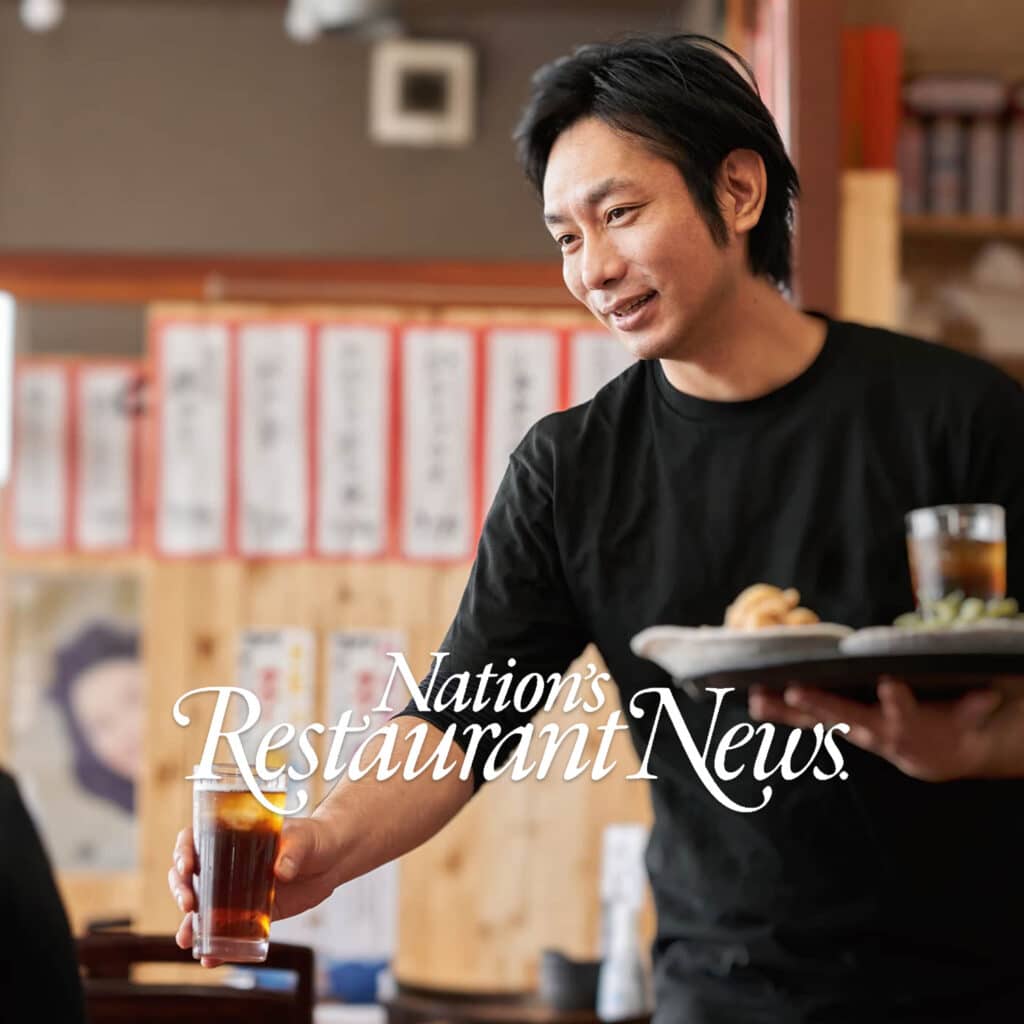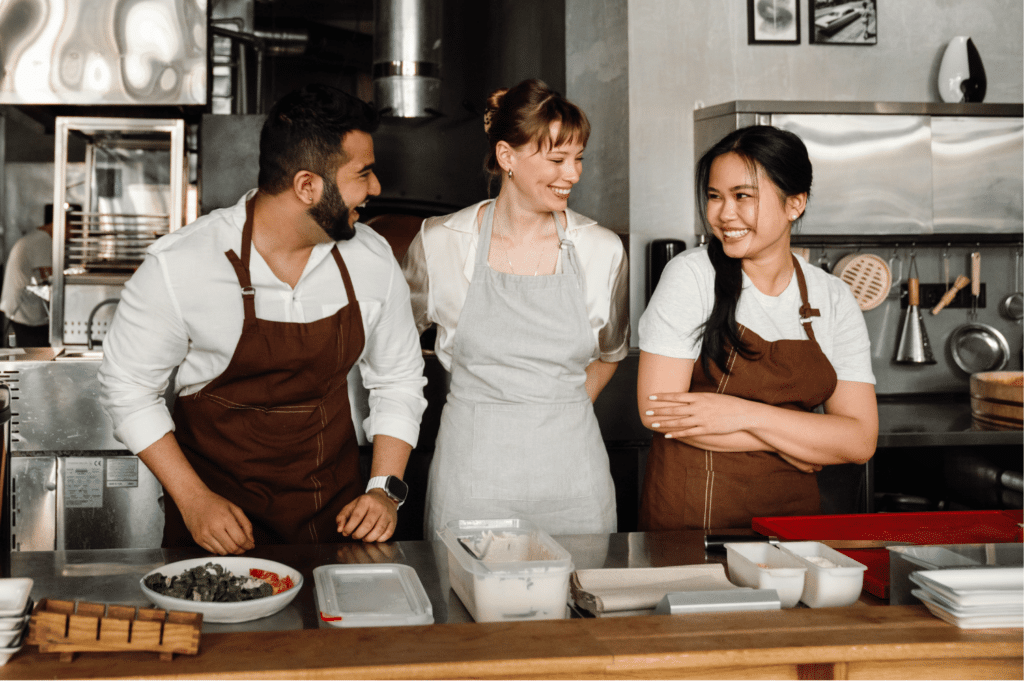Restaurant forecasting is so critical, especially now when 2022 could possibly be as unpredictable as 2020 and 2021. Forecasting implications affect inventory and labor spending, so you must forecast to accurately predict what your labor cost is going to be and what your restaurant inventories are going to look like.
In this two-part blog post series, you’ll learn the importance of forecasting in restaurants and how to accurately implement restaurant demand forecasting. Part 1 covers why 2022 may not be like forecasting in any other year and ways you can work around year-over-year forecasting. Part 2 takes a deep dive into how to forecast restaurant sales, including labor demand forecasting and food demand forecasting.
Restaurant budgeting and forecasting differences
What’s the difference between budgeting and forecasting? Think of a budget as a roadmap. It dictates where you’re going and where you’re going to spend your dollars. It sets you up for what you want your CoGS and labor costs to be for the period.
A budget is about establishing what your margins are going to look like and how you’re going to do this year. It will establish answers to questions about performance and revenue and how you’re going to reach those performance and revenue goals.
Your budget and forecast work in tandem. Think of them as two sides of the same coin. One is going to dictate the other and vice versa.
The goal of budgeting is to develop a long-term strategy to guide your decisions.What is restaurant forecasting? On the other hand, a forecast is more like your GPS. With a budget as a roadmap, the forecast helps get you to where you’re going, helps you determine what stops to make along the way, and analyze how you’re going to get there.
Restaurant sales forecasting is a way to estimate your KPIs and sales on a weekly and monthly basis. It helps you determine what customer traffic trends look like and what menu items and product mixes look like. Those are going to change and evolve over the course of a year based on trends and the pricing/availability of product. Forecasting looks at the current trend and historical sales data to help you make smart labor and purchasing decisions.
A forecast is a very powerful operational tool. It provides your managers with the data they need to help run the business. They’re going to know what their sales and their weeks are going to look like because they’re there in the trenches. They’re running the business, using their forecasting models. They can then start to predict what and how much inventory they must purchase, what staff they’ll need and how much product they must prep.
Restaurant forecasting helps prevent understaffing that results in negative customer experiences. It also helps prevent overstaffing to prevent cash flow bleeding. And then, it allows you to maintain inventory at reasonable levels. You want to prevent inventory sitting on shelves because that affects cash flow. So, forecasting helps you control cash flow by both reducing food waste and reducing labor hours staffing your kitchens on over prepping.
Restaurant forecasting for 2022
Restaurant forecasting for 2022 can be a little tricky. Year-over-year trends are an unknown for annual forecasting.
Some operators are using 2019 as a benchmark. If your operational reporting models provide the ability to look back three years rather than looking at just last year, that might be a better option. Forecasting is dependent on what you think is the best baseline for your business.
For example, you’ll want to start your forecasting for the increases in takeout and delivery and the decrease in dine-in. Third party deliveries become a necessary evil, but it may make up a substantial percentage of your revenue in today’s reality, so you must staff and prep for it appropriately.
Many other operators are only going back as far as last week or last month for forecasting. That’s because the trend is really going to dictate what’s happening right now in restaurants.
If you’re a new restaurant, you’re not going to have a prior year. So, in that case, start with your budget. Drop your budget into your restaurant forecasting model. Use those dollars for the first month or two, and then re-assess. That will help you determine if your budget makes sense or if you must pivot. Once you get your footing, you’ll be able to start forecasting based on prior weeks and prior months.
The goals of restaurant sales forecasting are setting weekly targets and goals based on the budget. As previously mentioned, the budget is the roadmap, while the forecast is more complex. Among other things, forecasting enables you to hold store level managers accountable.
Store-level manager accountability
You’re asking store-level managers to predict what they think the store is going to do on a revenue basis and then holding them to that. Because you’re asking them to write a schedule to those sales dollars, and order and predict inventory levels to those sales dollars, it empowers them to make informed decisions about their restaurant locations.
By setting a clear goal and a clear line in the sand, it really helps your managers to achieve the goals that you’ve established on the budget, and it helps them reach their targets for bonus, which is obviously a big part of why they’re motivated. But restaurant forecasting is also going to drive purchasing and scheduling decisions, not just at a store level, but at a district manager, and corporate level as well.
In addition, by getting as granular as possible when it comes to your forecast, you’re going to benefit from it. The more data you have going in to generate the forecast, the more accurate your forecast is going to be.
The goal of budgeting is different because it’s more of a long-term strategy guiding your decisions.
This creates accountability because you’re setting clear goals for the year in terms of labor costs and CoGS. It encourages actions based on the forecast with those percentages in place. It allows you to set those measurable goals. And it really helps you define what your annual spend is going to be.
Beyond labor and CoGS: other variable costs
Some things are not typically percentage based – with fixed costs such as rent, you know what that dollar amount is going to be. But, with variable costs like china, glassware, chemicals, janitorial, etc., you must decide how much money you’re going to spend before placing orders. You can check those metrics throughout the month and throughout the year to ensure you’re on target.
Workarounds for budgeting in 2022
Budgets used to be a financial tool you would write annually, then move on. But in today’s environment, that’s not the case anymore. Budgets must iterate and evolve.
You can’t start forecasting without a budget in place because the budget sets the benchmarks. Because of the current uncertainty, consider budgeting by quarter this year. Trying to predict what’s going to happen in December 2022 is just an unknown. Consequently, it’s wiser to focus on budgeting by quarter than spending time trying to predict what’s going to happen over the next year.
You might even want to consider writing multiple budgets for next quarter. Many successful restaurant financial leaders are writing what they consider an aggressive budget, and a conservative budget, and then toggling between the two when they’re looking at their financial reporting. You must continually reevaluate what your teams are capable of accomplishing. Maybe they can shave another point off CoGS or trim labor costs by another two points.
Conclusion
If you have the right technology solution in place, including restaurant forecasting software and budgeting software, you can start to move the needle throughout the year instead of waiting until next year to reestablish what you think your labor cost or CoGS should be. You must be ready to iterate on these numbers and be prepared to move with the trend.
In Part 2 of this blog post series, you’ll learn about restaurant forecasting methods and how to forecast for inventory and labor.
If you’d like to forecast accurately in order to make impactful decisions regarding labor and inventory, consider a restaurant-specific management system that includes forecasting tools. Restaurant365 is an all-in-one, cloud-based, restaurant-specific platform that incorporates accounting, inventory, scheduling, operations, payroll +HR, and reporting. In addition to POS integration, R365 is also integrated with your vendors and bank, facilitating automated accounts payable and bank reconciliation.



